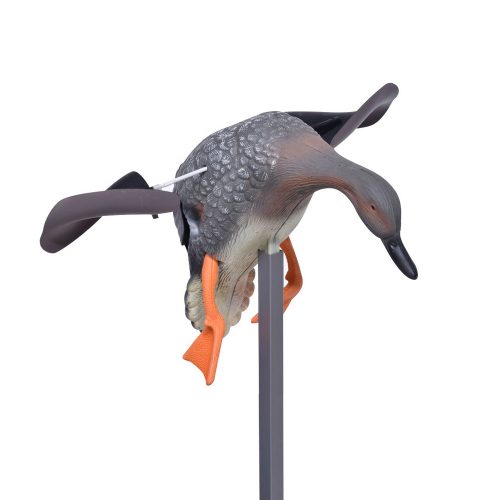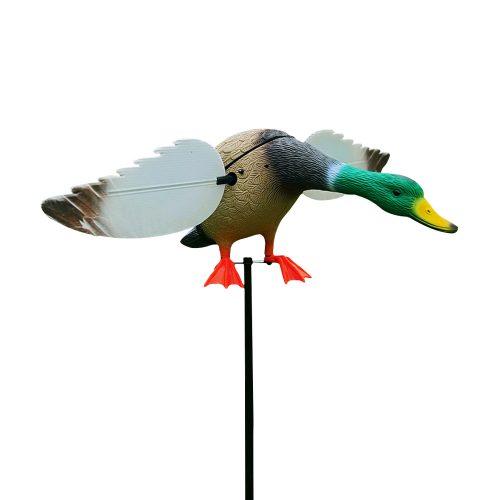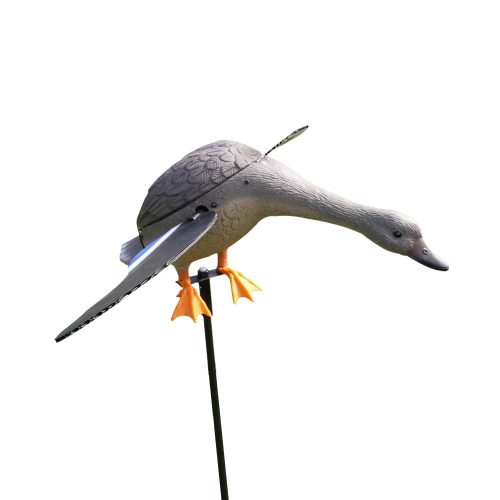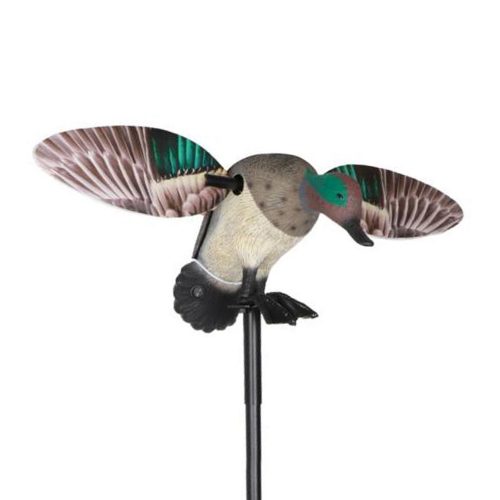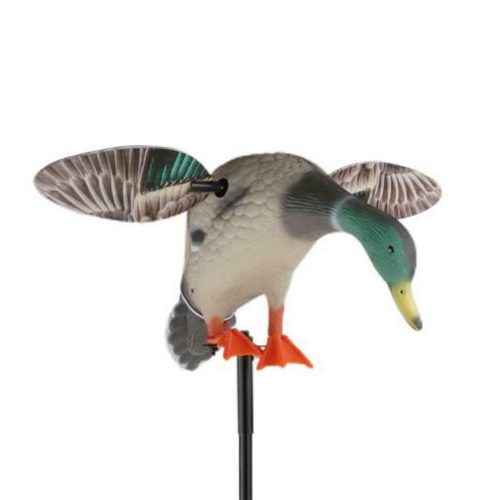BEST DUCK DECOYS COLLECTION FOR YOU
- Definition
- Types
- Best Brands
DUCKS UNLIMITED
Lucky Duck
Flambeau
ALPS OutdoorZ
Lifetime Decoys
Mojo Decoys
Rig Em Right
MOJO Outdoors
THUNDERBAY
Icotec
Higdon Outdoors
Cupped Waterfowl
Dazzling Deals
GUGULUZA
Avian-X
GHG
- Decoy Species
- Decoy Sex
- Plastic, rubber, or foam-filled decoys
Materials have their advantages and disadvantages. You have to consider the durability, including the paint, keel, and joints of the decoy line, etc. It can be frustrating if it quickly cracks, leaks, etc. Foam-filled decoys reduce the risk of leaks but are usually heavier and less portable. Hard plastic, while durable, can become brittle in the cold winter months.
- Duck decoy weights, lines, and ropes
- Typical Hunting Locations
If you primarily hunt shallow marshes, small ponds, or other shallow water areas, use shorter lines and lighter weights, such as Texas ropes.
- Wind and currents
Lightweights and short lines are not suitable for high winds and strong currents. It would help if you used heavier anchors and longer ropes. If the current is strong, a longer bait line is important.
- Water depth
Deepwater hunting requires a longer line, usually wrapped around a keel and attached to a heavy weight.
- Line style
Decoy lines and weights can be ropes, a fishing sinker, or twitch lines. We concentrate on the following two main types.
1. Texas Style Decoy Rigs
Texas-style consists of a solid vinyl rope or vinyl coated steel cable.
Texas rigging is convenient, easy to store, and less likely to get tangled.
2. Keel Line Rigs
Keel line ropes perform well in deeper water, whereas Texas ropes do not have this advantage. However, keel line ropes tend to get tangled.
- Your style of duck hunting
- Decoy weight
The duck decoy weight and size play a critical role in portability. Lighter decoys are easier to carry, while heavier decoys are more durable.
- Larger Spreads
Use larger and heavier decoys in large areas to get better visibility. 6 or 8 oz. weights ensure that the decoys will be safe even in wind and rainstorms. You can also use more durable foam-filled.
- Transportation
You can have different options, including duck decoy bags, hand sleds, wheelbarrows, ATVs, boats, etc.
- Materials
- Shape the head and body
- Draw feathers
- Mark the exact positions
- Sand it
- Join the head and neck
- Paint decoys
- Apply a neutral primer, such as black, white, or tan.
- It usually requires two coats of primer to seal the body and make it durable.
- You can purchase decoy painting kits and do it with a duck decoy paint color chart.
- Touch the duck decoy
- Check the decoy's eyes
- Check the bottom of the decoy
- Tips
- What you will need
- A bungee cord
- Decoy rope
- PVC pipe (2-3 inches)
- Fishing clips (one loop for your string, the other loop through your bait)
- Steps:
2. Depending on the depth, measure from the end of the line where you want the first bait to connect. (Water depth is 3 feet, so the first decoy is about 4-5 feet).
3. Place the first and second 4-5 feet apart, then the third and second 4-5 feet apart.
4. Attach the fishing clip to the line. Clip the fishing clip to where you placed the "last" bait. So, with the lure farthest from the anchor on the line, run the line through the fishing clip to that point. Tie a knot to secure the fishing clip.
5. Treat the middle decoy in the same way. Then repeat for the last decoy closest to the anchor.
6. Secure the bungee cord to the anchor, i.e., press its metal end onto the loop at the top of the anchor.
7. Tie a slip knot at the end of the line and wrap it around the other metal end to remove the line from the bungee cord.
8. Attach the bait to the three previous fishing clips.
9. Wrap the rest of the bait line around the PVC pipe for easy setup and clean-up.
10. Pull the line to move the bait.
You can also turn to this video for more information.
https://www.instructables.com/How-to-Make-a-Jerk-Rig-for-Duck-Decoys-EP-25/
People often use certain letters as starting points for duck decoy dispersal. You can use letters like U, X, L, and J considering wind direction, wind speed and blind location, etc.
For more details, please go to the following website.
https://www.wildfowlmag.com/editorial/4-classic-decoy-spreads-you-need-to-try/280117
- Duck Decoy Spreads
- Is six duck decoys enough?

